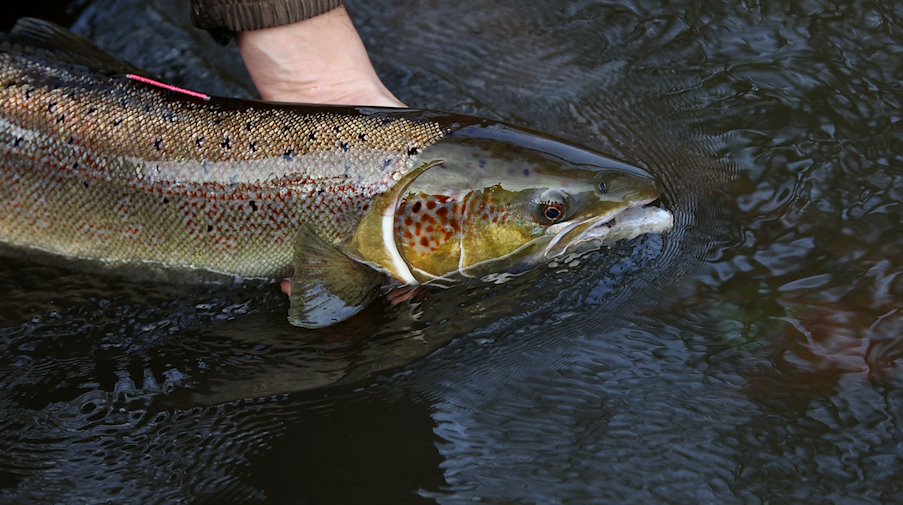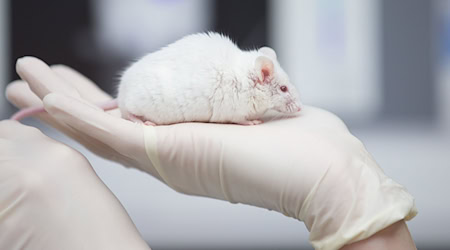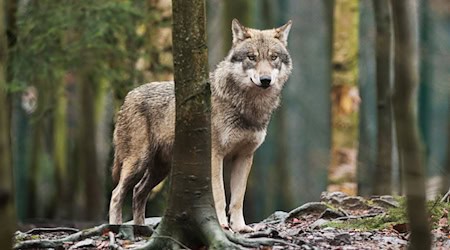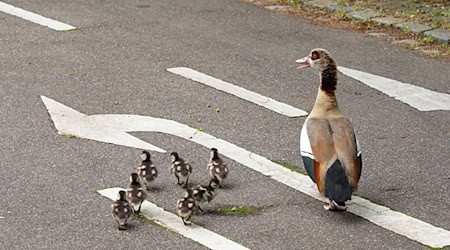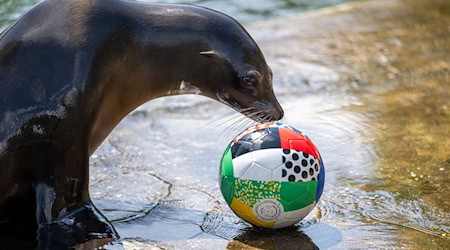Never before have the first salmon returned to Saxony as late as this year. The State Office for the Environment, Agriculture and Geology announced on Friday that it was only on Wednesday that the first impressive salmon was caught during routine monitoring in the Lachsbach stream near Bad Schandau. The male salmon weighed five kilograms and measured 85.5 centimetres.
Normally, the salmon enter the Saxon spawning rivers from the end of October, with the so-called salmon run reaching its peak by mid-November. "This year, even the permanently installed electronic salmon counting station only signaled one large salmon each on 10, 11 and 12 December and thus the start of this year's spawning migration," it said. The experts believe that one of the main reasons for the late start to the salmon migration was the warmer than average months of September and October.
Saxony's Atlantic salmon reintroduction program began with the first stocking of Swedish and Irish salmon fry in 1995. Since then, well over a thousand spawning fish have returned. According to the state office, their numbers are not sufficient to ensure natural reproduction of the stock, neither in Saxony nor in the entire Elbe catchment area.
Until the beginning of the 19th century, salmon fishing was still considered one of the most lucrative branches of Elbe fishing. From Hamburg to Prague, thousands of salmon were caught every year in all kinds of places. Water pollution, the expansion of the Elbe for inland shipping and blocked access to spawning grounds due to weirs and hydroelectric power plants led to a steady reduction in catch numbers from 1815 onwards, culminating in the extinction of the original Elbe salmon after the Second World War.
The state office announced that stocking would continue to be necessary throughout the Elbe catchment area for the time being. "The aim of monitoring and catching spawning fish is to increase the stocking quantities. The roe (eggs) is removed from fully mature fish while they are still in the stream. They are fertilized on site and transferred to a hatchery. Their survival rate there is significantly higher than in the wild."
The hatched young fish are released into the tributaries of the Elbe. In their second year, the fish, which are around 20 centimetres long, migrate to the Elbe and then via the North Sea to the Atlantic. There the salmon have to eat properly. The return journey is long and requires sufficient energy reserves. After a few years, they return to the waters where they were born. Most of the animals die after spawning.
In order to reintroduce salmon to the entire Elbe catchment area, all activities have been coordinated between the German Elbe riparian states and partners from the Czech Republic in the "Salmo albis" program since 2019. Saxony is coordinating the program.
Copyright 2023, dpa (www.dpa.de). All rights reserved

